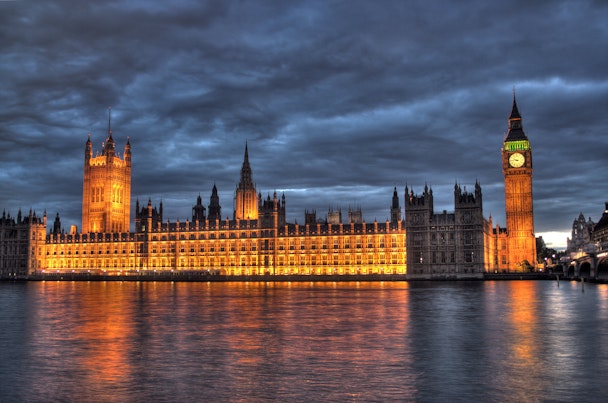The Government is undergoing a digital cultural shift to avoid ‘catastrophic’ disruption
The Government is looking to reinvent itself as a more digitally progressive organisation in a move that will see it break down a 100-years’ worth of silos preventing it from keeping pace with the proliferation of technology.

UK Government
As the Brexit vote dramatically changes the political landscape across Europe, the UK Government will be carefully charting a course into the unknown, part of which will include a more robust digital strategy. An EU-less UK will be more self-reliant than ever before, making the need for internal digital expertise all the more apparent.
“The cabinet office is 100 years old, and it hasn’t really changed in that time, Alex Holmes, chief operating officer at Government Digital Services – the internal division tasked with upskilling the organisation – told The Drum days before the referendum vote. “The last big reform of Government was signed off by Queen Victoria” he said.
It means for Holmes “the challenge is massive” to refocus an organisation from the bottom up that still uses 1970s technology in some areas. That’s not to mention that policy has to be rewritten before it can make such sweeping changes; “We have 400,000 people in silos that are written in law,” bemoaned Holmes.
As more industries are being disrupted and consumers are increasingly doing all manner of tasks on their phones, there are growing fears Whitehall that it could be left by hand by the rest of society.
“If we are Government and we get properly disrupted like every other sector the internet has touched, that is quite catastrophic and it means people can’t do things in the way they want to,” warned Holmes
Digital is “not just about building more websites” Holmes said. It’s about “completely redesigning how Government works”, to be more responsive and quicker in how it runs the services to inform the country.
“There is a digital movement going on right now in Government, and there are civil servants who may not know how to code but have a passion for delivering a great public service and they know they need to listen to user needs.”
While the Government is attempting to be a digital leader, perhaps this shift hasn’t been quick enough. There are still many services that operate in archaic ways, and that came to light most notably with the EU referendum voting process.
The Government admits it made a mistake with not bringing voting digital
The public has much greater expectations of how the Government should operate digitally now, and expect to be able to complete important functions on mobile or online. Why should it not be ok they can register to vote on their phone at the last minute?
“The Government made a mistake there and we will talk openly about it which is part of the culture of what didn’t quite work for the user base. If we had been even less digital it would have been even worse.
“Whether it is voting or paying taxes people have a right to be able to interact with the Government in a decent way.” Holmes said.
The challenges with implementing diversity measures
The Government is similarly torn with how it implements diversity measures. Speaking at a Women in Tech conference this week, Holmes told The Drum that operating in a bureaucracy brings with it many challenges to encourage greater diversity, both in Government and out.
“Where we spot something that is not working, and we want to do something different, sometimes it can be hard to change the rules.”
Slowly but surely the Government is becoming more open to being challenged and trying new things,
“The bureaucracy of old is going away and being more of an enabler, where people in our organisation want to change something, and I can champion that to boards or committees and they will change it. It takes time but it can happen,” said Holmes.
The question is how does that tier up into senior level, where the Government has been criticised for the lack of diversity in its upper echelons. In the House of Commons there are still more than double the amount of men than women members of parliament, with five per cent of members from BME backgrounds, and even less LGBT.
How can the Government Digital Service’s efforts in diversity tier up in Government?
“We can play a part in two ways: one by having a diverse board, and two by challenging policies. There was a policy recently which we thought it was putting women off from applying, and we told the organisation that we think HR policy should change not just for us but for everyone.
“More and more we are becoming a digital organisation that needs a diverse community - particularly in social mobility, which is a problem in the civil service - that will come.” Holmes said.

